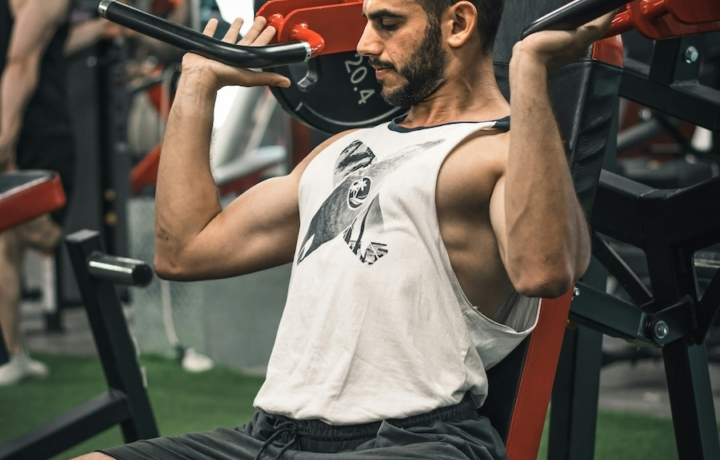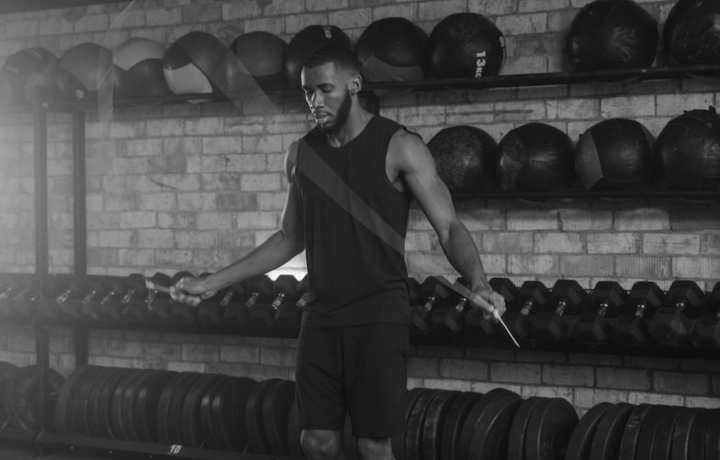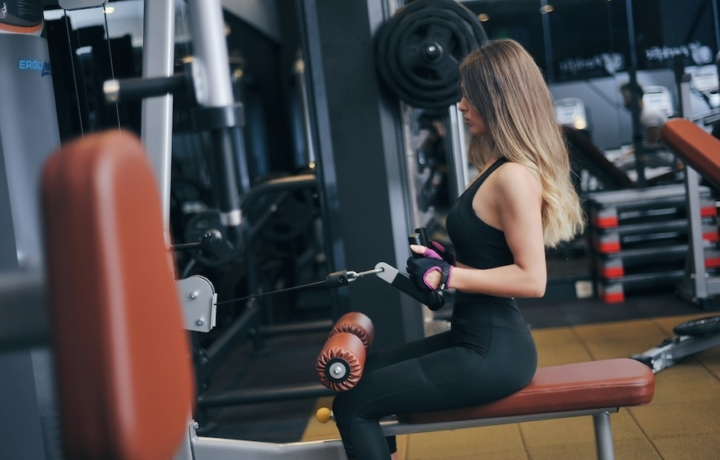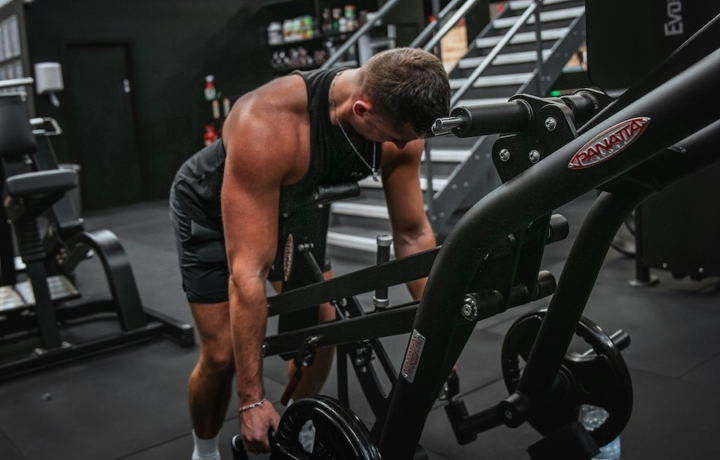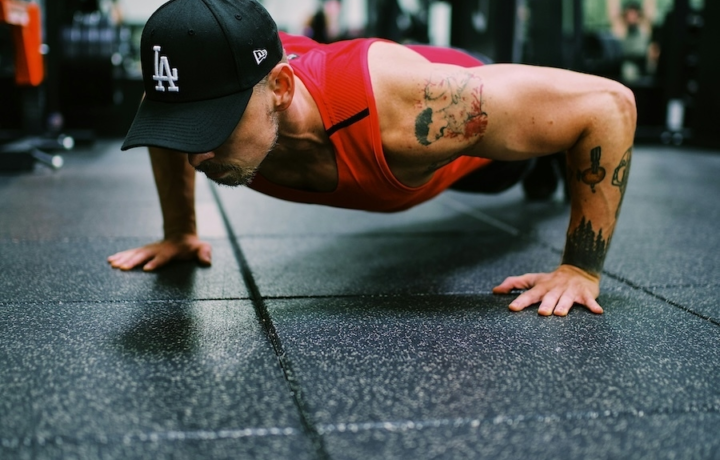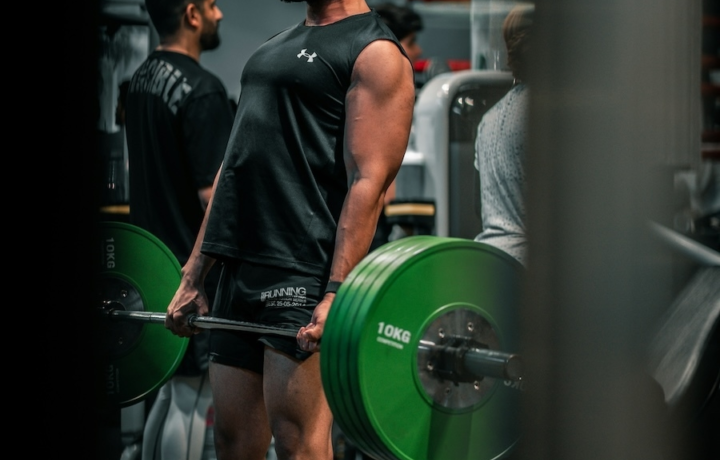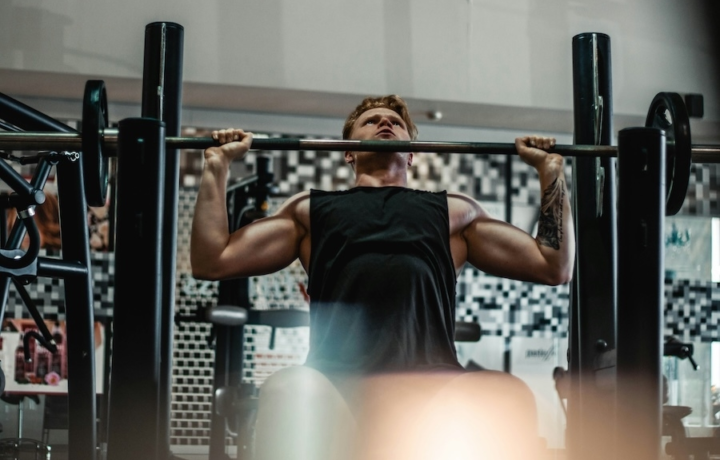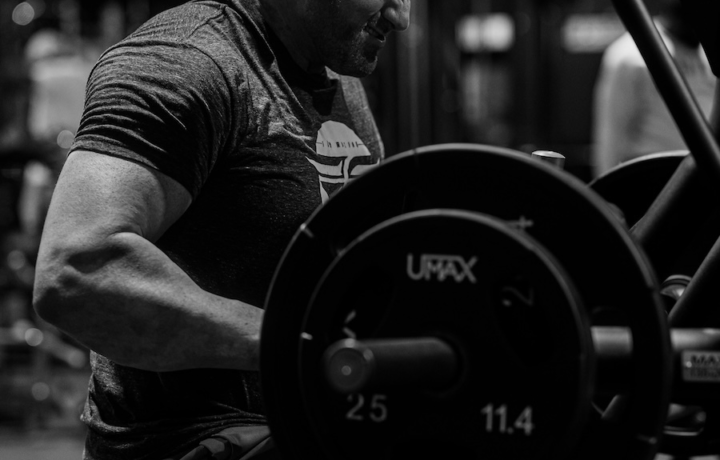Exercise
Pull Up

Pull Up
How to Perform
- Grasp the pull-up bar with hands slightly wider than shoulder-width apart using an overhand grip (palms facing away from you).
- Hang with arms fully extended, shoulders engaged, and maintain a slight curve in your upper back to protect your shoulders.
- Brace your core and squeeze your glutes to prevent swinging while keeping your legs together and slightly in front of your body.
- Exhale as you pull your body upward by driving your elbows down and back, keeping your chest up throughout the movement.
- Continue pulling until your chin clears the bar, focusing on using your back muscles rather than just your arms.
- Maintain control at the top position for a brief moment, ensuring your shoulder blades are retracted and depressed.
- Inhale as you lower yourself with control, allowing your arms to straighten completely while maintaining shoulder engagement.
- Repeat the movement without bouncing at the bottom, ensuring each repetition begins from a dead hang with proper shoulder positioning.
Important information
- Keep your core engaged throughout the entire movement to prevent excessive swinging or arching in your lower back.
- If you cannot perform a full pull-up, start with assisted variations using resistance bands or a pull-up machine until you build sufficient strength.
- Avoid jerking or kipping unless specifically training for dynamic pull-ups in a sport-specific context.
- Focus on quality over quantity - a few perfect pull-ups are more beneficial than many performed with poor form.

Pull Up
Exercise Details
Primary Muscles
Muscle Groups
Mechanic
Risk Areas
Built for progress
Take the guesswork out of training
Create personalized AI-powered workout plans that evolve with you. Train smarter, track every rep and keep moving forward, one workout at a time.






The pull-up stands as one of the most effective upper body exercises for developing impressive back width and bicep strength. This intermediate movement primarily targets the latissimus dorsi (lats) and biceps, while also engaging numerous supporting muscle groups throughout the upper body and core.
Whether you're focused on bodybuilding aesthetics or high-intensity interval training (HIIT) circuits, pull-ups deliver exceptional results for both visual impact and functional strength development. The beauty of this exercise lies in its simplicity – just your body and a stable bar – yet few movements can match its efficiency for building a powerful upper body.
For those pursuing bodybuilding goals, pull-ups create the coveted V-taper physique by widening the lats while simultaneously developing the biceps that pop when flexed. The constant tension throughout the movement stimulates significant muscle fiber recruitment, essential for hypertrophy and definition. When incorporated into HIIT workouts, pull-ups elevate heart rate quickly and challenge muscular endurance, making them perfect for those seeking both cardiovascular and strength benefits.
Strength athletes particularly value pull-ups for their carryover to other lifts and athletic movements. The substantial upper back development from consistent pull-up training enhances posture, improves shoulder stability, and builds the posterior chain strength necessary for advanced lifting. The exercise's scalability also makes it valuable across training phases – from building raw strength with weighted variations to enhancing muscular endurance with higher repetitions.
What truly sets pull-ups apart is their honest feedback – there's no hiding from weakness or imbalance when your entire body weight must be lifted against gravity. This makes them not just an exercise but a benchmark for upper body pulling strength that has stood the test of time in fitness programs worldwide.
FAQ - Pull Up
Pull-ups primarily target the latissimus dorsi (lats), with significant engagement of the biceps, rear deltoids, rhomboids, and teres major. Your core muscles also work isometrically throughout the movement to stabilize your body.
Start with negative pull-ups (jumping to the top position and lowering slowly), assisted pull-ups using bands or a machine, or inverted rows. Supplement with lat pulldowns and scapular pulls while progressively reducing assistance as strength improves.
The three most common mistakes are insufficient range of motion (not going from full hang to chin over bar), excessive leg swinging to generate momentum, and improper shoulder positioning at the bottom of the movement. Focus on controlled movement with shoulders properly packed throughout.
Add weight using a dip belt or weighted vest, slow down the eccentric (lowering) phase to 3-5 seconds, incorporate advanced variations like wide-grip or L-sit pull-ups, or increase volume through additional sets and reps.
For optimal development, perform pull-ups 2-3 times weekly with at least 48 hours between sessions for recovery. Beginners might start with 3-5 sets of submaximal reps, while advanced lifters can handle higher volume or weighted variations depending on their program design.




